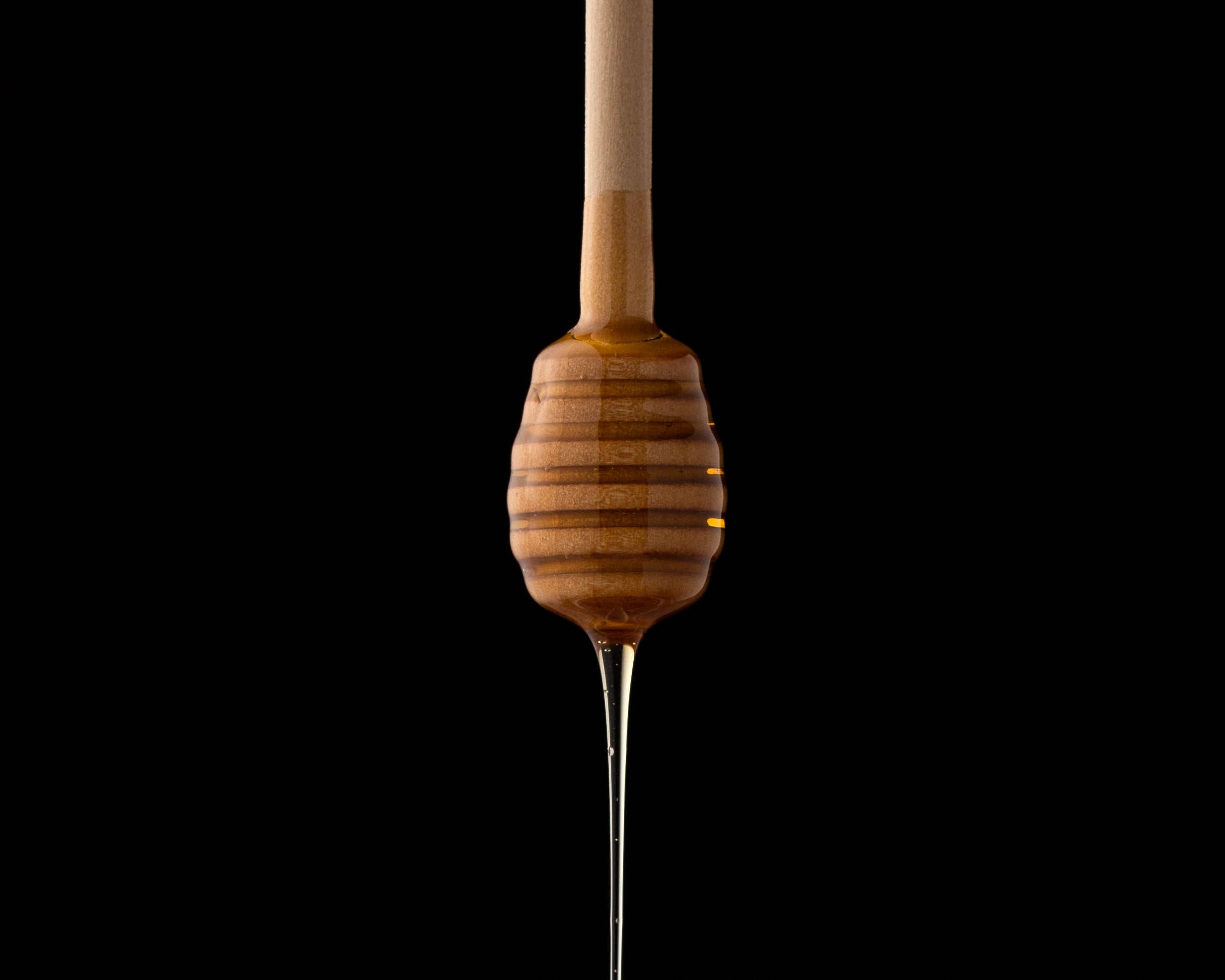
What Animal Ingredients Are In Perfume?
None of our products have any animal products in them, nor are our products ever tested on animals. This article talks about the industry as a whole, all of our perfumes are completely vegan and cruelty free.
For thousands of years, animal products have been used in making various types of perfumes and fragrances. Many perfumes are also made out of animal-derived byproducts. Not all perfumes were made out of plants, oils, spices, or flowers. These ingredients have been in use for a very long period. While sourcing for the ingredients, desperate measures are taken. These conditions are mostly not favourable to animals and they are susceptible to getting hurt and death.
However, these cure procedures have been stopped in recent years. There has been improvisation through synthetic versions. The new alternative is vegan products made cruelty free.
Examples Of Animal Ingredients In Perfume
Mentioned in the list below are animal products that have been used in making perfumes.
-
Musk
Perfumes made from musk were the most common and popular ones. Musk is preferred because of its strong and long-lasting scent. They are derived from secretions from the glands of animals. Mostly, they are derived from the male musk deer. The skin under the deer's abdomen has a sac or musk pod from which the mask is extracted.
During perfume making, the musk in its semiliquid form is dried into powder form. The powdered form is further added to pure alcohol.
The gland might also be chopped and soaked in alcohol for a long time or years. The odor strength increases over time.
Recently, deriving the animal musk for the musk scent has been synthesized in form of muscone.
-
Civet
This is an ancient ingredient used for making fragrances. Civet gotten from animals is a paste-like form that is yellow. Over time, the yellow paste turns brown. It is gotten from the perineal gland of a civet. Civet is naturally produced in the anal gland of the civet animal. These animals are cats look-alike with pointed noses and long tails. Both male and female civets secrete excreta that are collected by humans.
The initial form of the vibe is pungent and smells of faecal matter. To lose its animal notes, the paste is diluted with alcohol. After dilution, it gives off a sweet and radiant floral scent.
The natural ingredient has been replaced by fragrance companies with civetone or civet oil.
-
Honey
Honey is a byproduct of bees used in producing perfumes before. It is still being used for making many beauty products in the market today. Honey is also used for medicinal purposes.
Honey bees secrete beeswax for building their hives, storing their pollens and honey.
Beeswax is produced by the wax-producing glands in worker bees. The wax is deposited in the hive and can be collected by man for honey storage.
The beeswax is further melted by heat then scents like floral notes are added to get the desired results such as perfumes, candles, etc.
Using beeswax/honey for making perfumes is not considered cruelty-free because harm is done to the bees and their hives during harvesting.
Although it is environmentally friendly, beeswax is not a vegan product.
Nowadays, there is synthetic beeswax manufactured in laboratories instead.

-
Ambergris
Ambergris is a rare fragrance ingredient derived from the intestines of male sperm whales. Its natural state is in a solid and waxy form. Ambergris contains amberin that is present in the faecal matter of the sperm whale and pygmy sperm whale. It can also be found in their vomits or abdomen. It is an expensive perfume ingredient used by the ancient Egyptians, Arabians, Asians, etc.
Ambergris is found on water surfaces such as the Atlantic Ocean and sea coasts of South Africa. They are white in colour and big in size (these sizes vary).
With time, ambergris has a strong earthly scent. To make perfume, ambergris is heated with alcohol
Ambergris has been replaced in the fragrance industry with ambroxan.
-
Hyraceum
Another name for hyraceum is Africa stone or hyrax stone. Just like musk and ambergris, hyraceum is gotten from the natural world. Hyraceum is a faecal matter gotten from the hyrax. Hyrax is a small, furry rodent with no tail and also looks like a big guinea pig.
Hyraceum is a petrified and rocklike excreta, that is, a mixture of urine or faeces deposited for a long time. However, the hyraceum is a better option than musk and civet because the hyrax is not harmed during the harvesting of the hyraceum.
Hyraceum smells of earth, leather, and faeces. During perfume preparation, harvested hyraceum is crushed until a dark oil is secreted. It can be diluted with alcohol and other fragrance notes. Other uses are medicinal such as poison antidotes.
Hyraceum is considered cruelty free. Also, it can be replaced with synthetic noted like indole and civetone.
-
Castoreum
Castoreum is collected from the anal secretions of the beaver. The castor sac of the beaver houses the castoreum. It is located close to the anal glands underneath the beaver's tail base. Centuries ago, many beavers were hunted down to collect the castoreum. The castor sac is cut away from the dead beaver then dried.
Its initial pungent scent is that of earth, leather, and faeces. After being mixed with alcohol, a pleasant scent like vanilla is produced. Castoreum is used as scent notes in cosmetic products. It is no longer used in fragrances and has been replaced by other eco-friendly materials. Vanilla is an example of natural ingredients that can be gotten from vanilla pods.
Castoreum is also used for medicinal purposes.
Comparison Of Vegan Perfumes And Perfumes With Animal Ingredients
-
Ingredients
Perfumes are made from vegan products that are not animal-derived. Examples of natural ingredients are vanilla, raspberry, saffron, etc. These natural ingredients are provided by nature like spices, flowers, seeds, leaves, etc. Synthetic ingredients have been developed through science to save plants and animals. Meanwhile, perfumes are made with animal-based ingredients like beeswax, deer musk, hyrax stone, or castoreum from castor sacs of beaver anal secretions.
-
Cruelty-free Products
Vegan cruelty-free products for fragrances prevent the possible harm and extinction of animals. Most perfumes made in ancient years are made through cruel methods like poaching of animals like the male free to get their glands or hunting of beavers to cut their castor sac.
Natural perfumes are preferable because there is the preservation of the musk deer populations, beavers, and bees.
-
Animal Testing
Cosmetic products are mostly tested on animals to check for irritations before being released into the market for use. All perfume companies do not identify as cruelty-free. Most vegan perfume brands are cruelty-free and do not subscribe to any test on animals before sales. They also make sure their suppliers do not have their products tested on animals.
Many fragrances in the past were made from animal ingredients. The animal ingredients are either gotten from the body part of animals or their byproducts. Bees produce beeswax from which honey can be gotten. Honey is an effective ingredient in making perfumes. Other animal ingredients used before are musk from male deer, castoreum from beavers, hyraceum from rock hyrax, and ambergris excreted by a hundred sperm whales. Because of their strong scents, perfumes made from animal-based ingredients are used for base notes and fixatives.
However, using animals for perfume making can harm animals. These harms are possible extinction and relocation of animals. Animals are exposed to pain and are at risk of death by being exposed to constant harsh testing. For humans maintaining a vegan lifestyle, information on the ingredients used in making perfumes can be found on the internet.
Share
